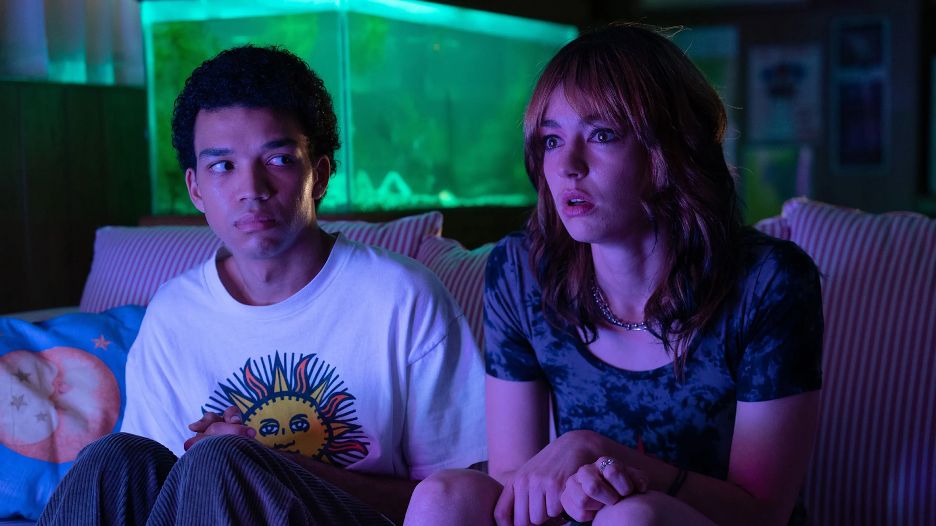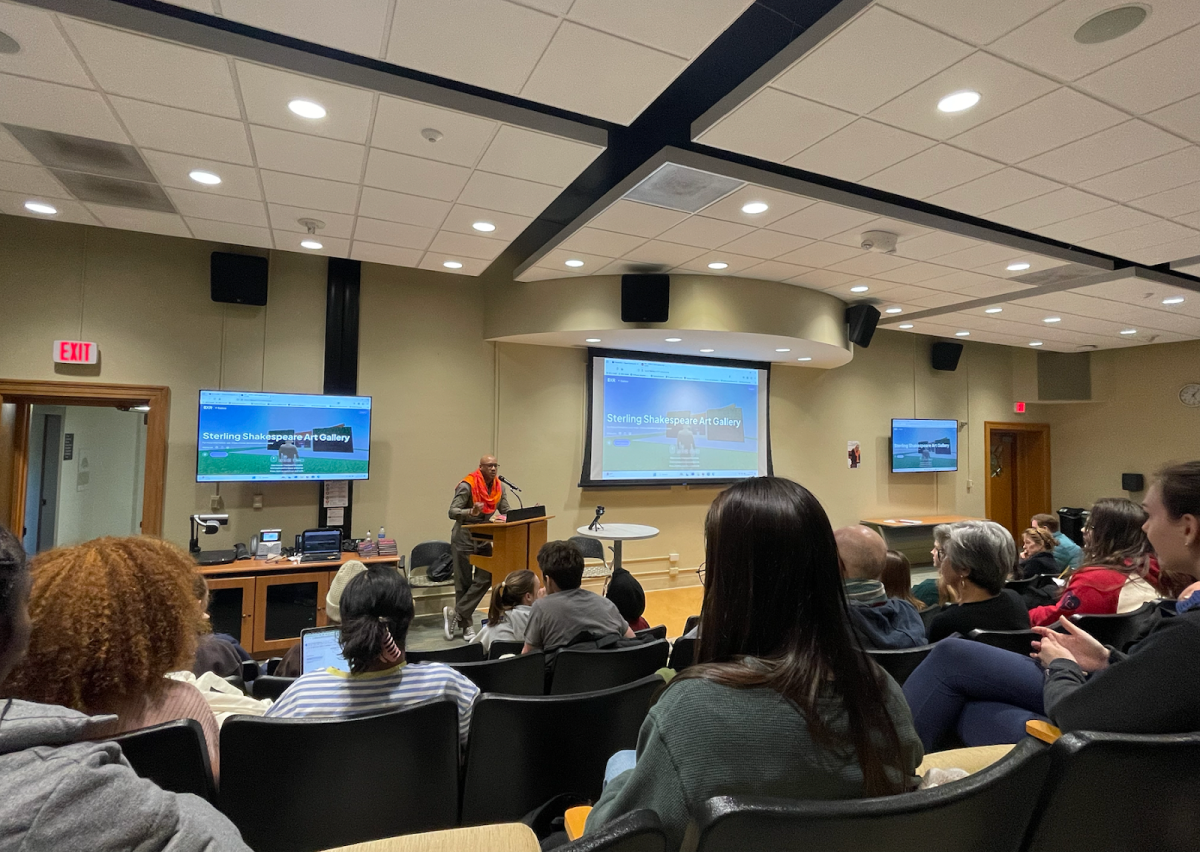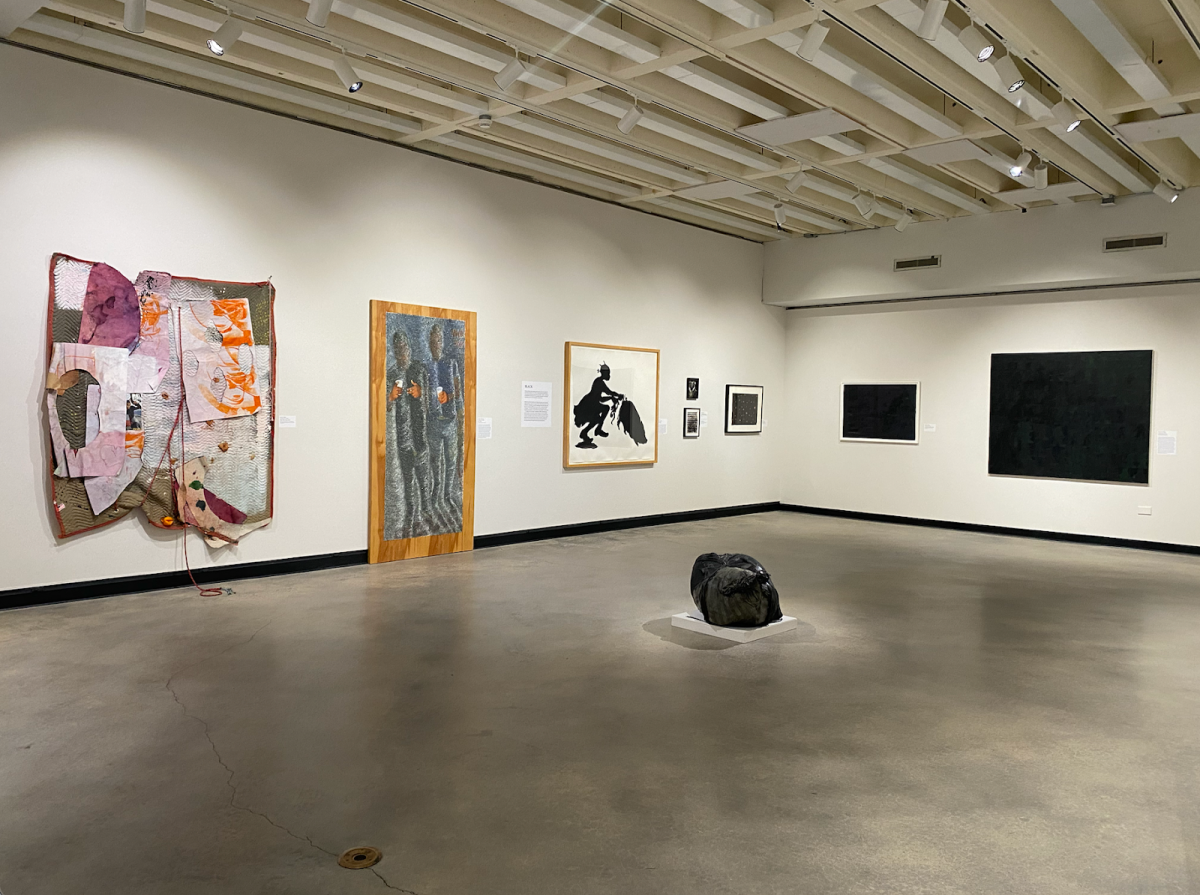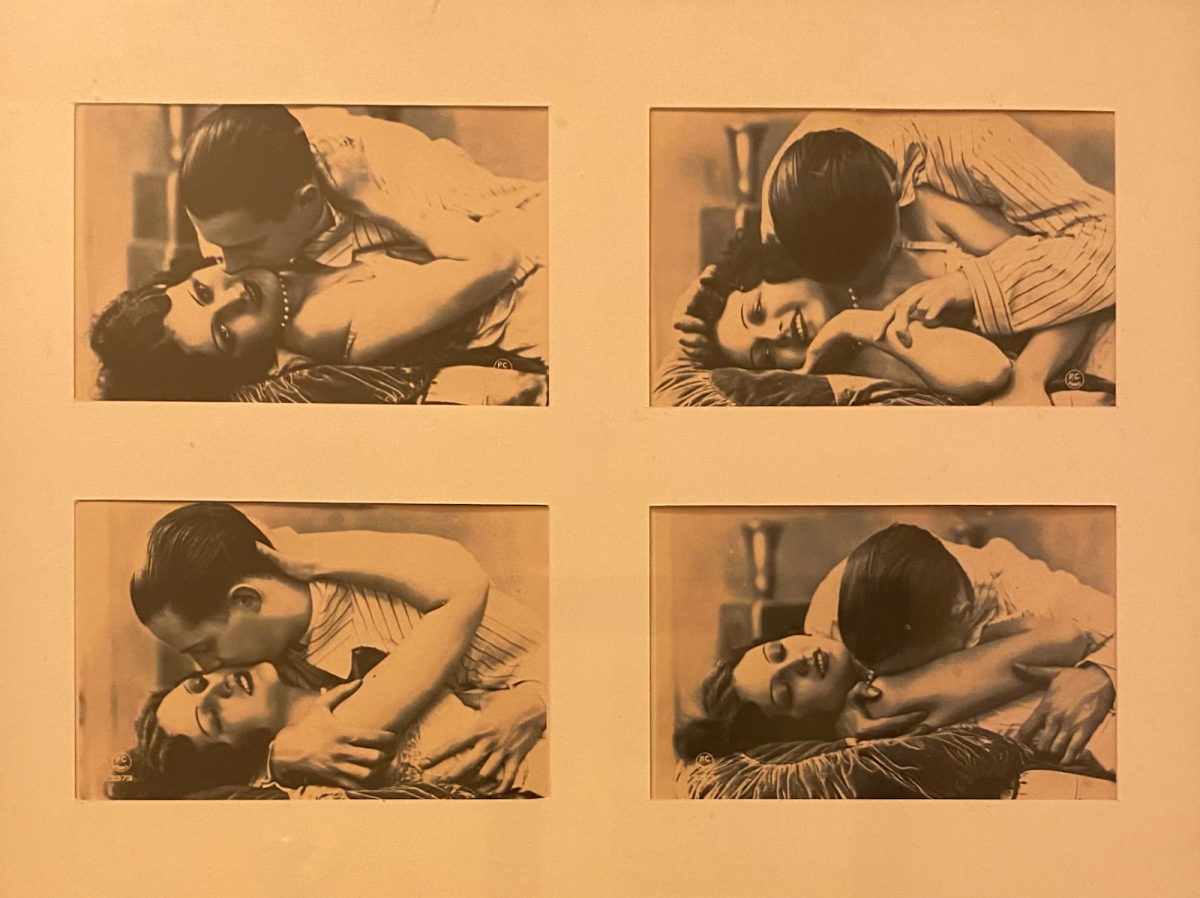As the final scene faded out in Jane Schoenbrun’s psychological horror film “I Saw the TV Glow,” I was stunned into silence. Never had I seen a movie where queer experiences and gender dysphoria were so perfectly and devastatingly articulated. As LGBTQ+ rights are hotly debated worldwide, “I Saw the TV Glow” is not only a powerful representation — but a vital voice in the ongoing conversation.
The main characters, Owen (Justice Smith) and Maddy (Brigette Lundy-Paine), find refuge in watching The Pink Opaque, a Buffy-esque young-adult TV show in the world of the movie. Schoenbrun noted that they were inspired by the role that “Buffy the Vampire Slayer” played in their journey and their connection to ‘90s popular culture. They wrote “I Saw the TV Glow” after their “egg crack” — the moment when they saw themselves clearly as trans — and through their early months on hormones. The film serves as a cautionary tale about the horrors of living behind a façade and denying one’s true identity.
Watching Owen and Maddy immerse themselves in the world of The Pink Opaque, weep openly at fights with monsters and stare at characters they wish they were all made for a pitch-perfect encapsulation of how queer people gravitate toward and obsess over works of art early in their youth. For many queer viewers, sci-fi and fantasy worlds become symbolic of liberation — places where different forms of love and gender expression are possible, providing a sense of freedom they don’t experience in daily life.
Many queer kids lived inside internet forums, TV shows and various other fandoms, longing to escape into oblivion and not grapple with the confusing world around them. Schoenburn knows there is something a little less scary about connecting with others through these interests. All of a sudden, it doesn’t matter who you are or if you know who you are. All that matters is that you’re a fan. The horror comes from knowing who you are, but being too scared to embrace it — the terror of spending every day wondering if it’s too late for you or if you’ve been deceiving yourself. This is an experience that many queer people can relate to, but the film serves specifically as a trans allegory, exploring gender expression and societal expectations.
Trans kids can finally see themselves on screen in a way that has never been done before. The majority of trans cinema in Hollywood is made by cisgender people. There is this Hollywood idea of someone gazing into the mirror and knowing they were born in the wrong body, but this narrative grossly oversimplifies the trans experience. What it means to be trans — and what gender dysphoria feels like — is much more complex and intangible.
The film intimately understands the feeling of not knowing who you are and feeling like your life isn’t your own. It understands the sense of watching your memories unfold from a distance and feeling like a spectator in your existence. It is also a heartbreaking rejection of the classic coming-of-age movie — it might be the first LGBTQ+ film I have seen that never lets its characters fully come to terms with their true selves.
“I Saw the TV Glow” speaks to the internet generation of queer people, making it not just a film but a cultural touchstone. It is abundantly clear that Jane Schoenbrun is one of the most original voices in film in the last decade. Throughout writing this article, I have read countless reviews of this film on various forums, and I was brought to tears. Users shared intimate details about their own queer experiences and how this film made them feel seen in a way that words cannot describe.
“My name is Julie. I am a trans woman. And tonight is the first time I’ve said those words to anyone other than myself… As the credits rolled, I knew what I had to do. I couldn’t hide anymore,” Letterboxd user Julie said, after watching the film.
“Trans art is so, so essential — especially in times like these — and I can’t emphasize that enough,” another user, Zoë Rose Bryant, said. “It feels like I’ve been waiting for a film like this my whole life. But hey, always better late than never.”
“I Saw the TV Glow” provides a space for LGBTQ+ fans on whatever part of their journey they might be on, just as “Buffy the Vampire Slayer” provided a space for Schoenbrun and many others. Overall, the film’s unique approach to the intersection of identity, the digital age and media consumption makes it a must-see for 2024.









Basketcase • Dec 4, 2024 at 11:44 am
This is exactly what I see when I try to remember those nights.
Tara z • Sep 26, 2024 at 10:41 am
So look forward to watching this after reading your article! Thank you for giving us a peak into a transforatiobal work of art. Art saves lives! This is so true. I am of the buffy the vampire generation, slayer for life.